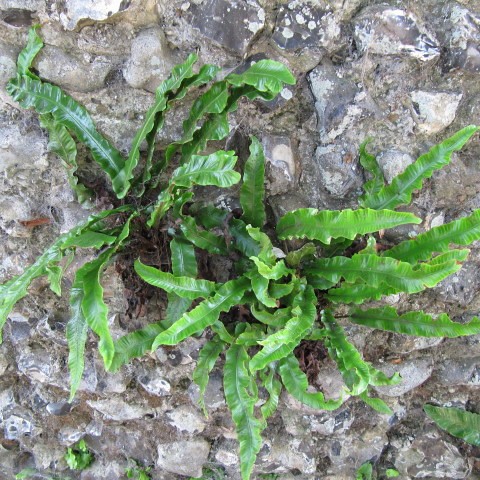
European Hart's-Tongue Fern
Asplenium scolopendrium var. scolopendrium
Watering:
Minimal
Hardiness Zone:
Sun:
full sun,part shade
Leaf:
Yes
Growth Rate:
Low
Drought Tolerant:
Yes
Care Level:
Medium
watering
Blue Woodruff (Asperula arvensis) should be watered when the top 2-3 inches of soil have dried out slightly. Because of the plant's shallow root system, it is best not to let the soil dry out completely. In general, water your Blue Woodruff once every 1-2 weeks and make sure the soil has ample drainage. If overwatering occurs, roots may rot and the plant can die. To ensure the soil is draining well, mix it with 1 part sand and 2 parts potting mix. In the growing season, Blue Woodruff should be watered more frequently than other seasons. During summer months, it's best to water the plant twice a week. During winter, the plant should only be watered once a week or at most bi-weekly. It's important not to overwater, as too much moisture in the soil can cause root rot.
sunlight
Blue Woodruff (Asperula arvensis) does best in partial or filtered sunlight. For optimal growth, it should receive no more than 4 to 6 hours of direct sunlight each day. Additionally, the plant should be shaded from the hot afternoon sun. It is best when placed near a north or east-facing window or outdoors in dappled shade from trees such as maples or oaks. Blue Woodruff can also tolerate slightly shadier conditions, but too much shade may lead to a weak and spindly plant.
pruning
Blue Woodruff (Asperula arvensis) should be pruned during late spring or early summer when the plants begin to grow again. Pruning should be light and should focus on removing older, overgrown stems and any dead or diseased branches. Pruning should only remove up to a third of the plant’s branches each time, as doing more could put too much stress on the plant and may cause permanent damage. Additionally, it may be necessary to occasionally prune stems that have grown longer than the height of the plant to keep it looking neat.
